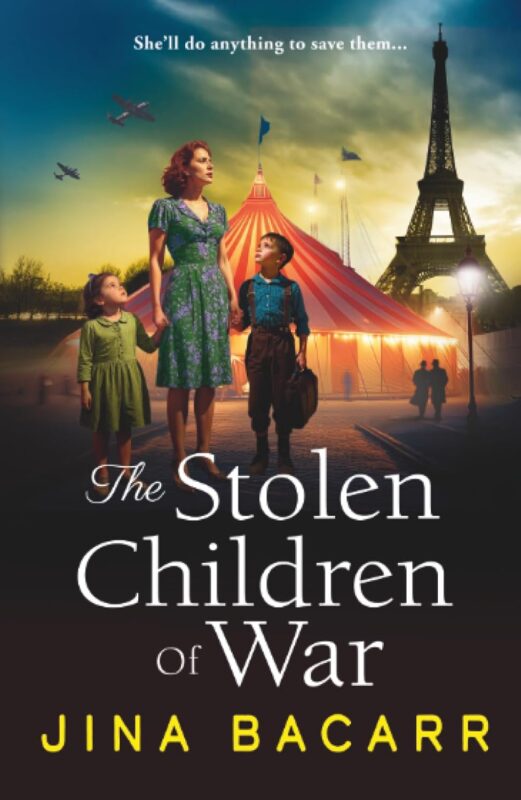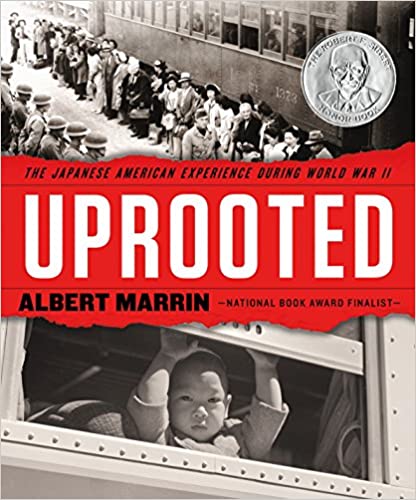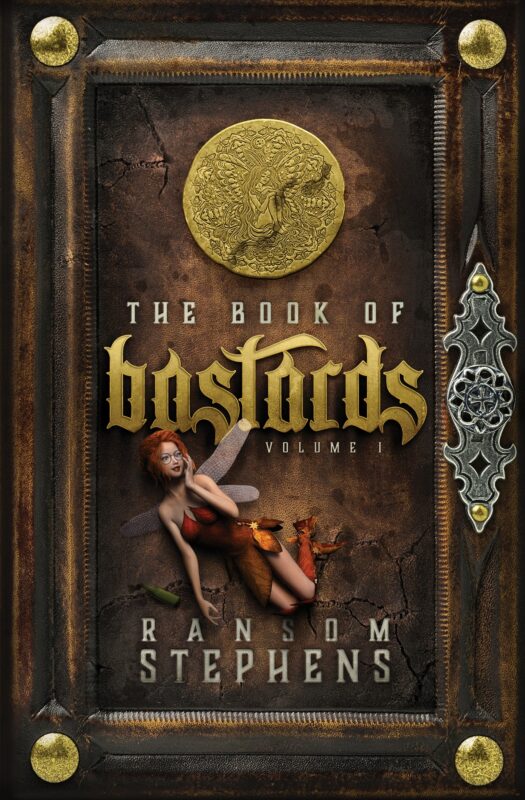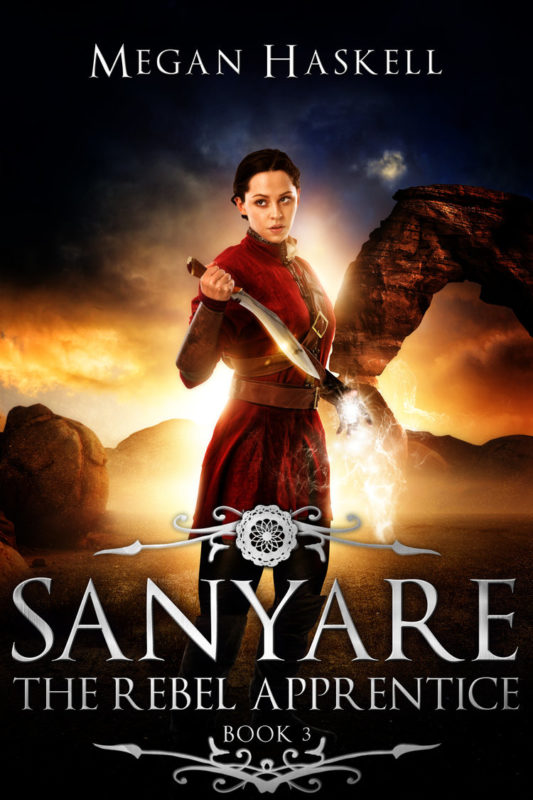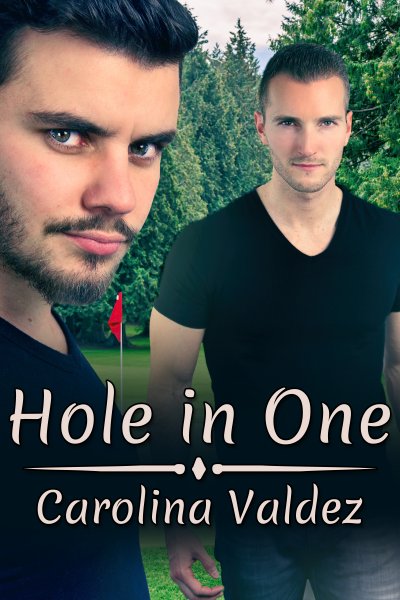Micromanaging your Manuscript During Editing #5
October 3, 2022 by Janet Elizabeth Lynn and Will Zeilinger in category Editing Your Novel Together by Will Janns, Partners in Crime by Janet Elizabeth Lynn & Will Zeilinger tagged as co-writing, E.J. Williams, editing, Janet Elizabeth Lynn, Will Zeilinger, writing partners
Editing Your Novel Together
Micromanaging your Manuscript During Editing #5
By E.J. Williams
(Janet Elizabeth Lynn & Will Zeilinger)
Writing together as E. J. Williams, husband and wife, Will Zeilinger and Janet Elizabeth Lynn author the INTER-NATIONAL CRIME FILES, a hardboiled/thriller detective series that takes the reader to 1960s southern California, then on to international locales.
Even after you’ve written the best book in the world, the pesky task of editing rears its ugly head! To those of you who love editing…our hats are off to you. We have come up with several suggestions that may help ease the editing process, whether you are editing your book for your editor, publisher, agent, or yourself.
Micromanage each chapter when you edit. Start big, the chapters, then move to scenes and last sentences. Once you get to the sentence stage, fix every tiny problem or error you find. We know, when you are done, you can probably recite your manuscript by heart, but this is necessary.
Though this mind-numbing task is necessary, it can bring about a great deal of pride when the process is complete. As a couple who write together, we have found these tips work well whether you are working alone or with someone.
And yes…we are still married!
Website: Janet Elizabeth Lynn
Website: Will Zeilinger
Some of Janet’s and Will’s Books
HE SAID, SHE SAID: HOW WE MADE TWO WRITERS SOUND LIKE ONE
August 3, 2022 by Janet Elizabeth Lynn and Will Zeilinger in category Partners in Crime by Janet Elizabeth Lynn & Will Zeilinger tagged as co-writing, Janet Elizabeth Lynn, mysteries, partners, Will Zeilinger
My wife, Janet Elizabeth Lynn, and I have been crime writing fiction for several years. In the beginning, Janet was the first to take a of couple classes and workshops. That was after we discovered we didn’t know what we were doing. I was a bit reluctant because the whole writing thing was foreign to me. But she came home with tools and information that opened my eyes.
When Janet was writing solo, she would often ask me to read some of her work. I’d make comments like, “A guy wouldn’t care what brand of shoes a woman was wearing” or “A guy wouldn’t say/think that.” It got to the point where one day Janet was writing and said to me—“Will, if you were a guy…” to which I replied, “What?”
Thus began our co-writing partnership. I would tweak many of the male characters’ voice styles while Janet handled the female roles. We’d brainstorm the plots, discuss our characters’ quirks and make sure the characters’ voices sounded different enough while maintaining the voice of the story. Next, we read aloud to each other. Sometimes one of us would fall asleep during the reading, but that just meant we had to fix that part. If it bored us, it would surely bore our readers.
The result is that our writing had become a true partnership in authorship and our stories sparkled (in our eyes). We now take turns polishing and refining our work before handing the manuscript over to our editor.
And after all that… we’re still married.
Will
Janet’s and Will’s Skylar Drake Novels
Writing and Visual Arts: What Do They Have in Common? by Will Zeilinger
July 3, 2019 by Janet Elizabeth Lynn and Will Zeilinger in category Partners in Crime by Janet Elizabeth Lynn & Will Zeilinger tagged as co-writing, creative works, visual arts, writing
I’ve been a graphic designer/illustrator/cartoonist for most of my adult life, but as I approached fifty years on this earth, I finally began writing. The first things I wrote made no sense because I had no idea what I was doing. My writing experience had involved writing headlines and snippets of ad copy, as well as a stray brochure here and there.
What I learned from this transition was that different forms of writing are like creating artwork in various media.
Novel Writing and Oil Painting

Take writing a novel, for instance. I compare that to making an oil painting on canvas. First, a sketch and color study is made of the proposed image. The paint is selected and applied according to the artist’s plan. If alterations, changes, or corrections are needed, oil paints can be very forgiving as they take quite a while to dry.
The artist may want to repaint a section or replace parts that don’t work. While the rest of the painting can remain undisturbed, one can use little paint thinner or turpentine in a cloth, and voila, the area can be repainted, over and over until it is just right. Some parts of the painting may be finished, but others may still be in a rough state. Keep in mind; the oil paints take a long time to dry – days sometimes weeks to be totally dry. A novel is much like that in that the writer has many pages to develop the story and create the story arc or arcs, while other parts of the story can develop separately until it is blended, shade, and glazed, and it all comes together.
Flash fiction and Water Colors
 A short story or flash fiction I compare to making a watercolor painting. While both appear to be somewhat spontaneous—although they aren’t. Much preliminary planning must take place. First, quality watercolor paper must be selected and what colors will be applied first. Watercolor paints dry very quickly. Certain areas must be given a few minutes to dry, so when transparent layers are added, the whole thing does not become a muddy mess. Once it is on the paper, that’s it! No going back and changing it.
A short story or flash fiction I compare to making a watercolor painting. While both appear to be somewhat spontaneous—although they aren’t. Much preliminary planning must take place. First, quality watercolor paper must be selected and what colors will be applied first. Watercolor paints dry very quickly. Certain areas must be given a few minutes to dry, so when transparent layers are added, the whole thing does not become a muddy mess. Once it is on the paper, that’s it! No going back and changing it.
Some stunning watercolor art can be created with proper planning and bravery on the artist’s part. Next time you look at a watercolor painting in a museum, look at how the artist makes the images with as few strokes as possible. In writing, plots need to be simplified, and the number of characters reduced because the story has to do its job with fewer words on fewer pages quickly. The story arc is going to be right up front. Next time you read a short story or flash fiction, look to see how quickly the writer has to make their point.
Each type of writing requires a different mindset. The same goes for painting in various media.
Co-Writing and Fold Doodles
 Now, how do these approaches apply to co-writing? Have you ever played the “Fold Doodle” game? Someone takes a sheet of paper and folds it horizontally into narrow sections then draws the head of a person or thing on the top section. They fold that section under and another adds to the drawing on the next section then folds it over and passed it on. This process continues until the paper is used up. It is then unfolded to reveal the drawing by many different hands. Sometimes it is hilarious, other times a disaster.
Now, how do these approaches apply to co-writing? Have you ever played the “Fold Doodle” game? Someone takes a sheet of paper and folds it horizontally into narrow sections then draws the head of a person or thing on the top section. They fold that section under and another adds to the drawing on the next section then folds it over and passed it on. This process continues until the paper is used up. It is then unfolded to reveal the drawing by many different hands. Sometimes it is hilarious, other times a disaster.
People have asked us many times how we write together, and the answer is communication and planning. Whether we are writing a novel, a short story, or a blog post, the best thing to do is check in with your co-writer along the way to make sure you are both in the right mindset for the story at hand and the results will be beautiful.
~Will
2 0 Read morePartnering in Writing: Tripping to Places & Times by Janet Elizabeth Lynn
January 3, 2019 by Janet Elizabeth Lynn and Will Zeilinger in category Partners in Crime by Janet Elizabeth Lynn & Will Zeilinger tagged as co-writing, Janet Elizabeth Lynn, Research for Writers, traveling, Will Zeilinger, writing partners
My husband, Will Zeilinger and I co-write the Skylar Drake Murder Mysteries. A hardboilded detective series that takes the reader to 1950s Los Angeles and other areas of the west. Our next book, GAME TOWN, will be available Spring 2019. Needless to say, at this time we are in the throes of writing and researching!
Someone said, “You can’t write about old Hollywood unless you experience it.” This is so true! Neither my husband nor I are from LA and didn’t experience gang infested 1950s LA. So we take field trips, such as the Raymond Chandler’s L.A. Tour. We research the clubs and hangouts of the time then visit the nightclubs, hotels, and restaurants (Turns out to be loads of fun).

To begin our journey for this series, (even before we started writing), we took a trip to San Diego and the Sheriff’s Museum. We called ahead and scheduled interviews with several retired policemen, including one that worked the L.A. beat in the late 1950s. This gentleman was a wealth of information on police activity in Hollywood and the surrounding area. Our first novel in the series, SLIVERS OF GLASS, takes place in spring, 1955 in Santa Rosa.

Research for STRANGE MARKINGS was mostly gathered on our trip to Molokai, Hawaii. Natives we interviewed told us about the many legends and what it was like living in the area in summer, 1955. As each person talked about their experiences, plots and subplots emerged for us.

We found people living in the areas at the time each book took place and interviewed them. Since DESERT ICE takes place in Las Vegas, Fall, 1955. We interviewed a dancer who worked on the, then new, strip. Will also had a college buddy who lived in Boyle Heights in the 50s, so we interviewed him and his sister for the same book where the first murder takes place.

SLICK DEAL takes place in Winter of 1955, is base on interviews with local people in Signal Hill, and Avalon, on Catalina Island all in southern California. After lengthy interviews my husband and I commented how the spoken word conjures up images and ideas so easily.
GAME TOWN, our fifth book in the series due for release in April 2019, takes place in spring, 1956. We decided to keep it in Hollywood for the first time. We recently took an afternoon and drove around old Hollywood looking for body dumps that would have been in existence in 1956. We stumbled upon a lovely apartment building, El Royale, circa 1929. We weren’t allowed in the building without permission from a resident, so we drove around and looked it up on the internet when we got home. What an amazing place for several scenes!
Whether writing about faraway places, or in a different era, visiting locations or places that imitate the area helps us develop plots. Interviews with those familiar with the time or location add “flavor” to our story. So if you are writing about a famous lodge in Switzerland, take a trip to a Ski Lodge close to you when it snows.
The results of our research? SLIVERS OF GLASS, STRANGE MARKINGS, DESERT ICE, SLICK DEAL and coming soon, GAME TOWN . . . and yes, we’re still married.
Website: www.janetlynnauthor.com
Blog: www.themarriedauthors.blogspot.com
Co-Creating Characters by Will Zeilinger and Janet Elizabeth Lynn
July 3, 2018 by Janet Elizabeth Lynn and Will Zeilinger in category Partners in Crime by Janet Elizabeth Lynn & Will Zeilinger tagged as co-writing, crime fiction, mysteries, writing partners
CO-CREATING CHARACTERS
by
Will Zeilinger
Question from a guest at one of our recent book events: “You two write crime fiction but how do you come up with some of your characters? Are they like, people you know—people like me?”
We get asked that question more often than you’d think, and the answer is that creating characters is probably one of the aspects of a story we spend the most time discussing.
Since we are co-writing the fifth book in the Skylar Drake Mysteries, our main characters are pretty much fleshed out. In each story, we reveal a little more about their personalities and histories. But these were developed before we ever wrote a word.
We made a profile of each character which included their backgrounds, their physical description, their likes and dislikes, and added any little quirks they might have. Please understand when we say quirks, we’re not mocking or making fun of a person’s physical or mental challenges, rather, some of the people we’ve known are downright weird.
This is the same process we’ve used for new characters in subsequent stories. Some of the “quirky” traits are more pronounced in some characters than in others, to the point that we always seem to find a character for our story who is plainly odd.
As to whether our characters are disguised versions of real people—We’d have to say, no. Not really. We like to “people watch” at malls, concerts, airports, the checkout line, at church and even in our writers’ groups.
When we were both working full-time, we found a never-ending supply of personalities and quirks in the people we worked with every day.
For instance, one of us worked with a person who would sit at lunch and eat in a circular pattern around his plate – usually clockwise. If you asked him a question or distracted him in any way, he would stop and return to the top or “12 o’clock” position on his plate and start over. This person had a management position but clearly qualified as quirky. We haven’t used this quirk yet, nor the one of the woman who would not eat or drink anything purple.
We’ve even drawn on classmates from childhood, high school or those we’d met on a few of our first minimum-wage jobs.
From our discreet observations, we write character sketches, talk about them and morph them into a unique personality.
These “people watching” experiences for character development also lead us to great conversational snippets that we use in some of our dialog. You’ve probably heard the phrase, “You can’t write this stuff.” And in truth, sometimes great characters or dialog falls into our lap.
In our fourth co-written mystery, Slick Deal, you’ll see how Skylar Drake and Casey Dolan react with quirky characters to work out the murder. With our fifth Skylar Drake Mystery in the works, we are still discussing and creating characters for his latest adventure—and yes…we are still married!
1 0 Read moreAffiliate Links
A Slice of Orange is an affiliate with some of the booksellers listed on this website, including Barnes & Nobel, Books A Million, iBooks, Kobo, and Smashwords. This means A Slice of Orange may earn a small advertising fee from sales made through the links used on this website. There are reminders of these affiliate links on the pages for individual books.
Search A Slice of Orange
Find a Column
Archives
Featured Books
THE STOLEN CHILDREN OF WAR
It is 1943 in Nazi-occupied Paris, and nobody is safe. Nobody, except perhaps one small group of people, who’ve always existed outside the law…
More info →UPROOTED: THE JAPANESE AMERICAN EXPERIENCE DURING WORLD WAR II
A Publishers Weekly Best Book of the Year, A Booklist Editor's Choice
More info →THE BOOK OF BASTARDS
Welcome to The Gold Piece Inn, where you can drink, gamble, and play! Or hide.
More info →SANYARE: THE REBEL APPRENTICE
To save millions of lives, she may have to sacrifice the ones she loves…
More info →HOLE IN ONE
By day they had been fierce rivals in a collegiate golf competition, but at night . . .
More info →Newsletter
Contributing Authors
Search A Slice of Orange
Find a Column
Archives
Authors in the Bookstore
- A. E. Decker
- A. J. Scudiere
- A.J. Sidransky
- A.M. Roark
- Abby Collette
- Alanna Lucus
- Albert Marrin
- Alice Duncan
- Alina K. Field
- Alison Green Myers
- Andi Lawrencovna
- Andrew C Raiford
- Angela Pryce
- Aviva Vaughn
- Barbara Ankrum
- Bethlehem Writers Group, LLC
- Carol L. Wright
- Celeste Barclay
- Christina Alexandra
- Christopher D. Ochs
- Claire Davon
- Claire Naden
- Courtnee Turner Hoyle
- Courtney Annicchiarico
- D. Lieber
- Daniel V. Meier Jr.
- Debra Dixon
- Debra H. Goldstein
- Debra Holland
- Dee Ann Palmer
- Denise M. Colby
- Diane Benefiel
- Diane Sismour
- Dianna Sinovic
- DT Krippene
- E.B. Dawson
- Emilie Dallaire
- Emily Brightwell
- Emily PW Murphy
- Fae Rowen
- Faith L. Justice
- Frances Amati
- Geralyn Corcillo
- Glynnis Campbell
- Greg Jolley
- H. O. Charles
- Jaclyn Roché
- Jacqueline Diamond
- Janet Lynn and Will Zeilinger
- Jaya Mehta
- Jeannine Atkins
- Jeff Baird
- Jenna Barwin
- Jenne Kern
- Jennifer D. Bokal
- Jennifer Lyon
- Jerome W. McFadden
- Jill Piscitello
- Jina Bacarr
- Jo A. Hiestand
- Jodi Bogert
- Jolina Petersheim
- Jonathan Maberry
- Joy Allyson
- Judy Duarte
- Justin Murphy
- Justine Davis
- Kat Martin
- Kidd Wadsworth
- Kitty Bucholtz
- Kristy Tate
- Larry Deibert
- Larry Hamilton
- Laura Drake
- Laurie Stevens
- Leslie Knowles
- Li-Ying Lundquist
- Linda Carroll-Bradd
- Linda Lappin
- Linda McLaughlin
- Linda O. Johnston
- Lisa Preston
- Lolo Paige
- Loran Holt
- Lynette M. Burrows
- Lyssa Kay Adams
- Madeline Ash
- Margarita Engle
- Marguerite Quantaine
- Marianne H. Donley
- Mary Castillo
- Maureen Klovers
- Megan Haskell
- Melanie Waterbury
- Melisa Rivero
- Melissa Chambers
- Melodie Winawer
- Meriam Wilhelm
- Mikel J. Wilson
- Mindy Neff
- Monica McCabe
- Nancy Brashear
- Neetu Malik
- Nikki Prince
- Once Upon Anthologies
- Paula Gail Benson
- Penny Reid
- Peter J Barbour
- Priscilla Oliveras
- R. H. Kohno
- Rachel Hailey
- Ralph Hieb
- Ramcy Diek
- Ransom Stephens
- Rebecca Forster
- Renae Wrich
- Roxy Matthews
- Ryder Hunte Clancy
- Sally Paradysz
- Sheila Colón-Bagley
- Simone de Muñoz
- Sophie Barnes
- Susan Kaye Quinn
- Susan Lynn Meyer
- Susan Squires
- T. D. Fox
- Tara C. Allred
- Tara Lain
- Tari Lynn Jewett
- Terri Osburn
- Tracy Reed
- Vera Jane Cook
- Vicki Crum
- Writing Something Romantic
Affiliate Links
A Slice of Orange is an affiliate with some of the booksellers listed on this website, including Barnes & Nobel, Books A Million, iBooks, Kobo, and Smashwords. This means A Slice of Orange may earn a small advertising fee from sales made through the links used on this website. There are reminders of these affiliate links on the pages for individual books.

















